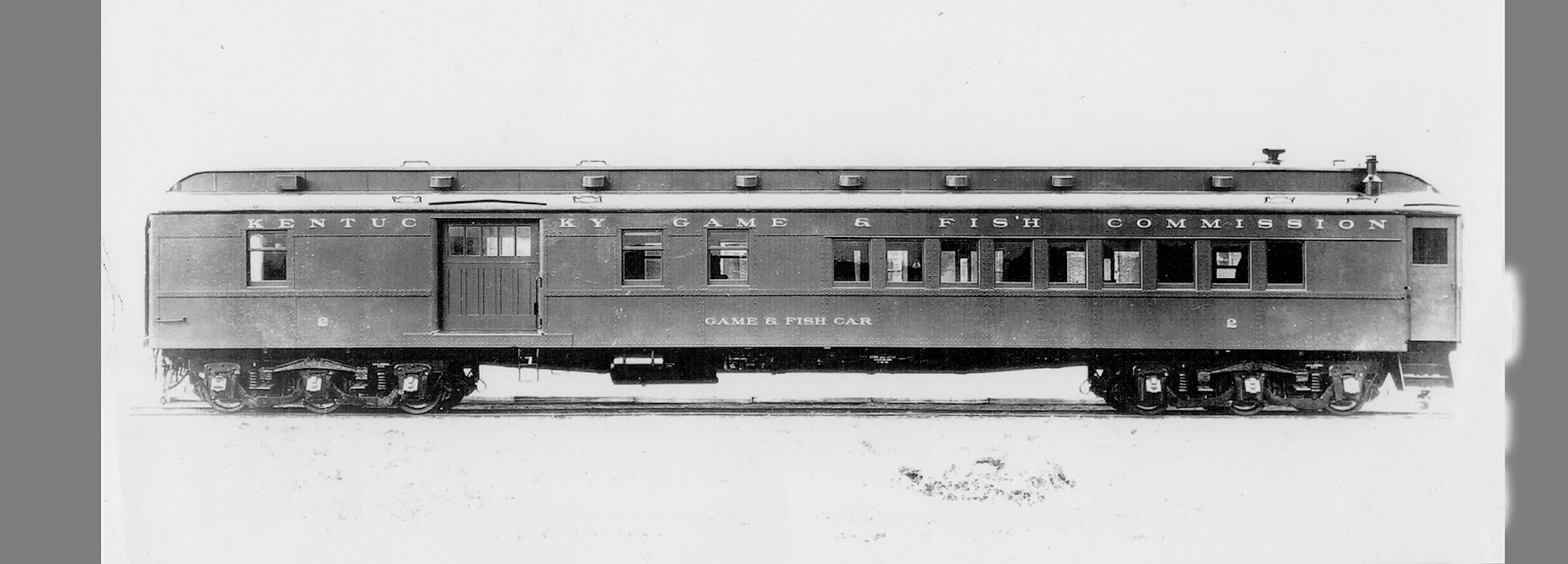Investing in the future

Buy a license today, preserve for tomorrow
People who buy a hunting or fishing license in Kentucky may think they’re just buying an opportunity to go enjoy the great outdoors. What they’re actually buying is an investment in the future.
What the old Kentucky Game and Fish Commission published in its third biennial report 100 years ago still holds true today.
“We want to increase the supply of game and fish for the benefit and enjoyment of our home people who cannot take long and expensive journeys to states where they are abundant,” the report says. “If all the people who hunt will take out their license, we would have sufficient funds to look after the protection and conservation of our game and fish in a businesslike way.”
Market hunting and unlimited harvest depleted a state once rich with game and fish. Restoration efforts began around a century ago.
In 1914, the 34,133 people who paid $1 apiece for their hunting license funded the purchase of a railroad car used to stock fish across the state. Fish seined from the private ponds of Thomas H. Clay Jr., James Ferguson, and others were stocked in locations ranging from Hinkston Creek in central Kentucky to Drake’s Creek in the west to the Cumberland River in the south.
One of the most curious stockings of fish included the 1917 release of 6,000 Chinook salmon from a federal hatchery into Fayette County’s Russell Cave Spring Lake.
While some may debate the assertion by the Kentucky Game and Fish Commission in 1917 that “wild deer were entirely exterminated in Kentucky,” the 1916 General Assembly nevertheless banned hunting of any surviving deer through 1921. The commission imported deer from Michigan and New Jersey, keeping small herds at Pine Mountain in Bell County and the State Fairgrounds in Louisville for later release.
Eventually, the Kentucky Department of Fish and Wildlife Resources built two hatcheries to ensure a steady supply of fish for stocking. Today, the department trucks nearly 16 million fish to stocking locations around the state each year.
A decades-long deer restoration effort ended with the release of a truckload of whitetails in Perry County in 1999. Today, Kentucky’s deer herd numbers approximately 1 million.
What’s next? The department has ambitious programs underway to restore quail and grouse through intensive habitat work. Biologists are closely monitoring the reestablishment of black bears after an absence of more than a century. On the fisheries side, the battle against invasive Asian carp continues.
Today’s license sales really do make a difference for the future.

